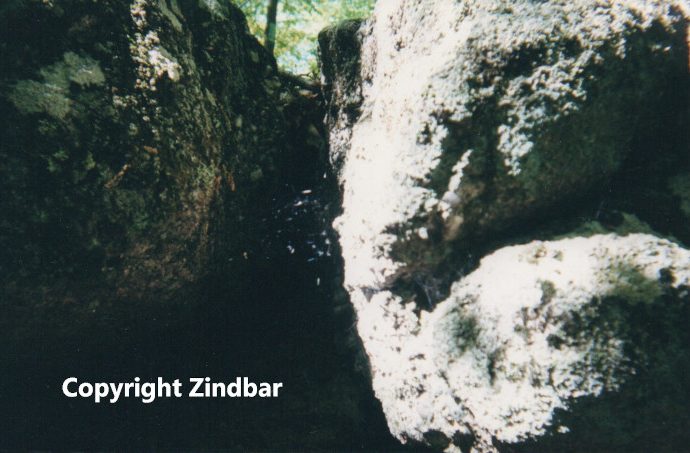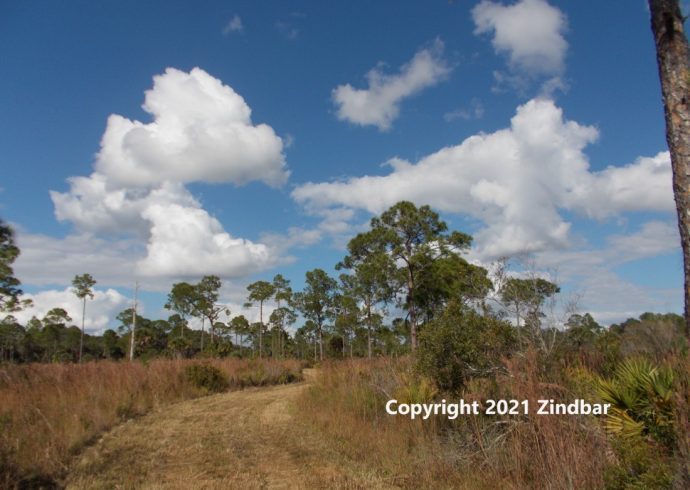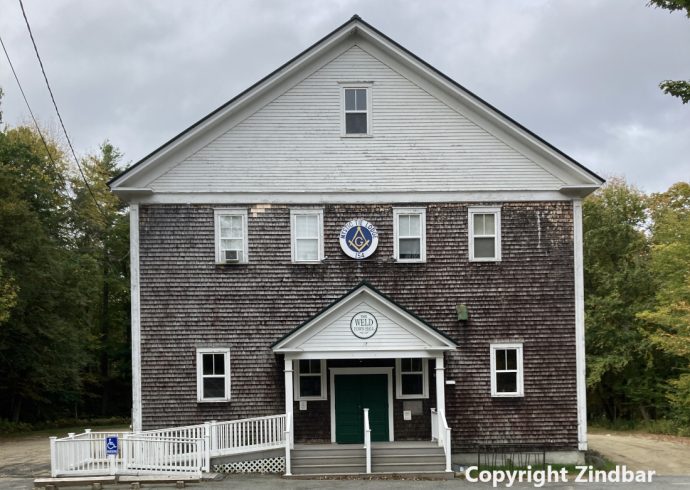
Hiking in Sessions Woods Wildlife Management in Burlington, Connecticut
Located right on Route 69 in Burlington, Connecticut, Sessions Woods offers some of the best hiking in the area. Having trails that connect directly to the nearby Tunxis Trail, Sessions is a wildlife preserve hikers can enjoy while walking a path that creates a loop through the territory. Starting from the parking lot and moving west, the path leads through evergreen and birch trees that are beautiful in the summertime, with clumps of moss on both sides of the path. As with any other preserve, there are signs near a number of areas designating what the area is used for: a backyard habitat including birdfeeders, a barn, deer trail, and beaver pond. Trees are plentiful and grow well in Sessions, a bright emerald green that must have reminded the first settlers of their home nation across the pond. First settled in the early 1600’s, much has remained unchanged with the exception of paved roads that followed the old cow paths going through the town.
Aside from a few banches scattered along the trail, the path in Sessions leads to a pond where wildlife lives in safe tranquility. On the way up to the pond, honeysuckle and rhododendron bushes provide bright patches of color in the green forest. A small shack that sits on the end of a short bridge offers a place to view birds and other animals on the pond. Several large rocks past the shack can be easily accessed and sat upon while watching the ducks swim by. Water lilies also occupy the pond near the bridge where ducks like to swim past and see visitors to their realm. walking back on to the hiking trail, a family of frogs can be observed sitting in a small niche in the pond near the land where tall grasses grow, providing the frogs with just enough privacy from large groups of hikers.
Right around the bend of the trail, there is a waterfall where an occasional deer may stop by at the base for a cool drink of water. This is deer country although black bears, while rarely seen, may also come out during the day to mingle with other wildlife. Black bears are pretty harmless and unless a hiker has food on them, won’t attack humans. There is a beaver dam in the area too where beavers can be observed, paddling through the water or running on the ground. Beavers know how to build an efficient system that will actually preserve a body of water. Other forms of wildlife actually depend on beavers to keep a body of water available for drinking from. It is in fact amazing to watch these rodents build dams and lodges in the water, nature’s version of construction builders hard at work.
On the way back, the looped trail passes by more rhododendrons and the backyard habitat demonstration area. Here, birdfeeders plus other homes designed for wildlife are built by the park volunteers who use this area as a teaching tool to those who want to learn about the habitat of our furry friends. Reaching the end of the trail, the refreshing two and a half mile walk includings bidding a squirrel goodbye until the next hiking trip.
Image Credit: Zindbar 2021.


